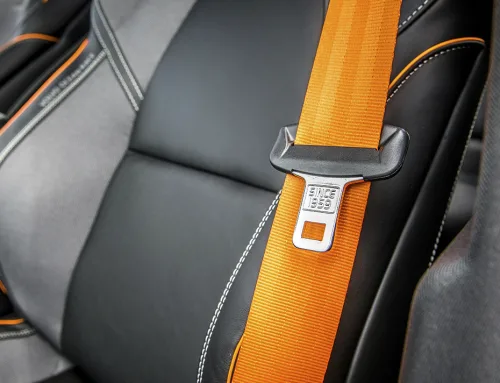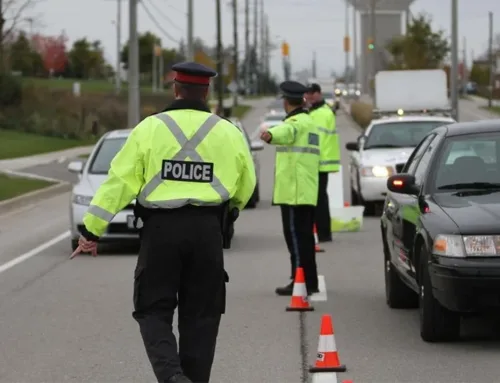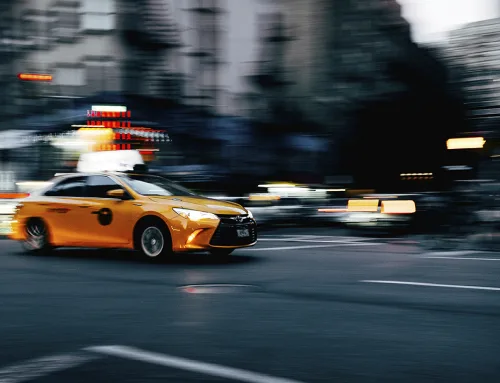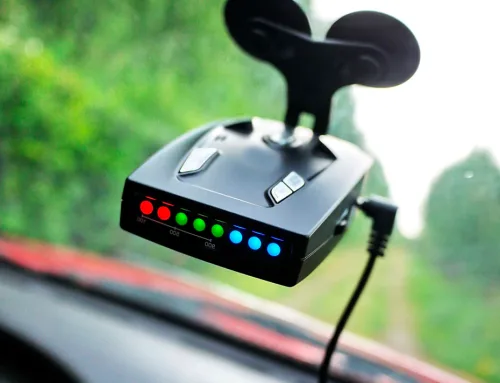Facing a stunt driving charge in Ontario can be a distressing experience. The penalties for these allegations are significant, and they can have long-lasting impacts on your driving privileges and record. However, there are strategies and legal avenues you can explore to have stunt driving charges dropped or reduced. This article will guide you through the process, from understanding the legislation behind these allegations to exploring possible legal defenses and mitigating factors.
Understanding Stunt Driving Laws in Ontario
Ontario takes aggressive or hazardous driving behavior very seriously. The term “stunt driving” covers a range of actions that go beyond ordinary speeding, such as excessive speed and engaging in activities on the road that endanger other road users.
In most cases, stunt driving is defined under the Highway Traffic Act, which focuses on particularly risky behaviors including racing, performing stunts (like drifting), and driving at extreme speeds. If a motorist is caught exceeding the posted limit by 50 km/h on roads with a speed limit of 80 km/h or above, that individual may be charged with stunt driving. For roads with lower speed limits, different thresholds can trigger the same accusation.
Below is a brief comparison between a typical speeding ticket and a stunt driving allegation:
|
Category |
Speeding Ticket |
Stunt Driving Allegation |
| Severity of Penalties | Fines and demerit points | Immediate license suspension and vehicle impoundment |
| Impact on Record | Notable but often less severe | Potential for large fines, major conviction on record |
| Time Off the Road | No immediate roadside suspension | 30-day roadside license suspension1 |
| Insurance Consequences | May lead to increased premiums | Usually causes higher premium hikes |
The Legal Consequences of Stunt Driving Charges
A conviction for this offence can carry harsh penalties. It is especially daunting for a stunt driving first offence Ontario because many individuals are unprepared for the immediate vehicle impoundment and license suspension that can occur. If found guilty, the consequences may include:
- Severe Fines: The minimum fine starts in the thousands and can increase substantially.
- License Suspension: There is a possibility of an extended suspension following a court decision.
- Demerit Points: Demerit points can remain on your record for two years, affecting your driving history.
- Vehicle Impoundment: Your vehicle may be seized on the spot for a set number of days.
- Insurance Premiums: Insurance rates can rise dramatically after a conviction, sometimes making coverage unaffordable.
When you are facing this type of allegation, it is crucial to know how to fight stunt driving in ontario and understand the steps required to build a strong defense or negotiate a beneficial outcome.
Steps to Take After Receiving a Stunt Driving Charge
- Stay Calm at the Roadside: Interacting with law enforcement in a composed manner is important. Officers document your behavior during the stop, and any display of aggression or non-cooperation can create an unfavourable record.
- Review the Charge Notice: Inspect your charge notice carefully. Make sure it includes accurate details such as the date, time, and location. Any errors or omissions may form a basis for challenging the allegation.
- Arrange for Legal Guidance: Consider contacting a traffic-focused legal representative. An informed professional can help you understand possible defences and the best route to getting stunt driving charges dropped or downgraded.
- Gather Evidence: Collect all relevant information about the circumstances of the alleged incident. This can include dashcam footage, witness statements, or any other documentation that might support your position.
- Request Disclosure: Review the officer’s notes, speed measurement details, and any other evidence the prosecution intends to use. Understanding this material will help form a plan on how to beat a stunt driving charge in Ontario proceedings.
Legal Defenses for Stunt Driving Charges
Challenging the Evidence
Evidence used by the prosecution often centers on the measurement of your speed or eyewitness accounts of your maneuvers. If there is a question about how that speed was captured—perhaps the radar was not calibrated correctly—or if there are conflicting statements regarding your driving behavior, a strong challenge can be mounted. You might argue that the measuring device was not functioning properly or that the observation of your alleged actions was unreliable.
Negotiating a Lesser Charge
In some cases, the crown may be willing to reduce the severity of the allegation to something less severe than stunt driving. By negotiating a lesser charge, you could minimize the long-term impact on your record, avoid the worst penalties, and preserve your license. A common outcome can be a reduction from stunt driving to ordinary speeding, resulting in a lower fine and fewer negative consequences for your driving history.
Mitigating Factors That Can Help Your Case
Mitigating factors refer to circumstances or arguments that can persuade a court or prosecutor to adopt a more lenient stance. Even if the evidence points toward wrongdoing, certain elements can support a request for a lighter outcome or an agreement that leads to stunt driving charges dropped.
Presenting a Clean Driving Record
If you have a history of safe driving, that can be a powerful statement in your favour. Showing a clean record can demonstrate that your actions were out of character, making it more plausible that this was an isolated incident rather than a pattern of reckless behaviour. During negotiations, a prosecutor may be more inclined to consider alternatives if you have demonstrated responsible driving over many years.
Showing Remorse and Taking Responsibility
Courts in Ontario often look favourably on individuals who show genuine regret for their actions and are prepared to take ownership of any mistakes. Attending a driving improvement course or writing an apology letter can be beneficial. These steps indicate that you recognize the seriousness of the accusation and are committed to preventing future infractions.
Conclusion
Understanding how to navigate these allegations is crucial if you want to learn how to beat stunt driving charge in Ontario. By challenging the prosecution’s evidence, negotiating to reduce the allegation, and highlighting mitigating factors, it may be possible to have a positive outcome—even for a first-time stunt driving offence in Ontario. Although each case varies, the goal remains the same: to protect your driving privileges and lessen any long-term repercussions on your personal and professional life.
If you find yourself uncertain about how to fight stunt driving in Ontario or are simply overwhelmed by the legal process, seeking assistance from a trusted traffic law professional can make a significant difference. Traffic Paralegal Services provides dedicated support to individuals facing these types of allegations, guiding them toward the best outcome possible. Whether you need representation in court or want to explore potential defenses, our services can be a valuable asset in the quest to have stunt driving charges dropped.
For more information about how we address stunt driving ticket Ontario cases, visit our dedicated page:
stunt driving ticket ontario









Leave A Comment
You must be logged in to post a comment.